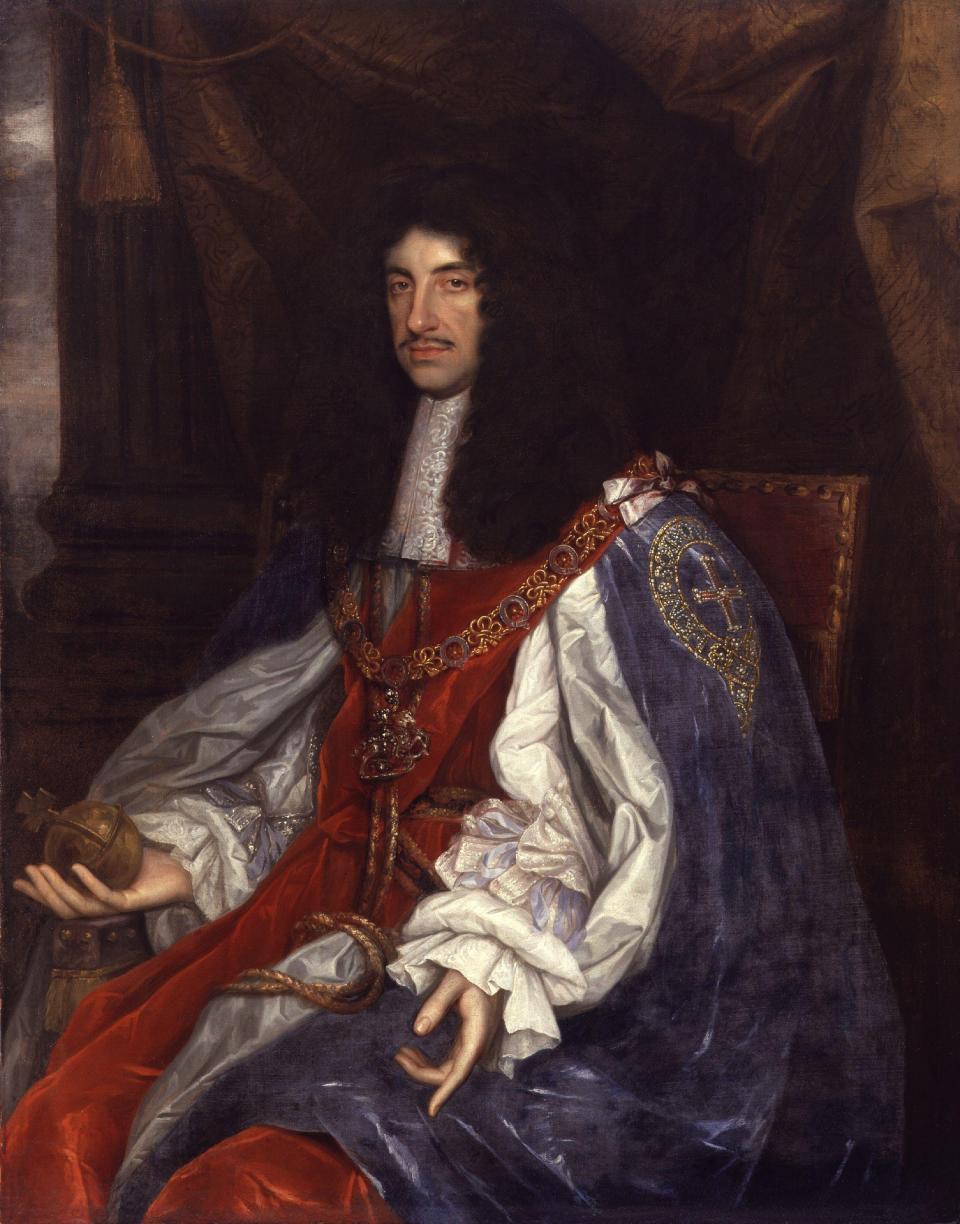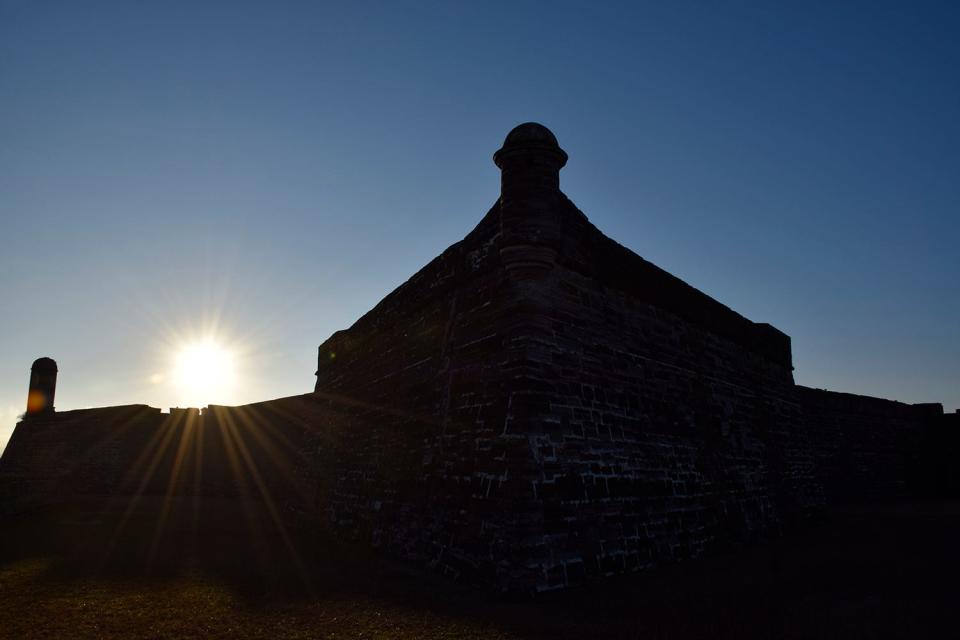Charles becomes third King Charles, first since King Charles II died in 1685 | Susan Parker
- Oops!Something went wrong.Please try again later.
- Oops!Something went wrong.Please try again later.
- Oops!Something went wrong.Please try again later.
- Oops!Something went wrong.Please try again later.
On Sept. 8 Prince Charles became King Charles III upon the death of his mother Queen Elizabeth II. Until last week, it had been almost three and a half centuries since there was a king named Charles on the throne of England.
In between there were six kings named George, two named Edward, and a few monarchs with one-time names.

Susan Parker: Spanish St. Augustine was the Center of the 'Century of Freedom'
Slavery: Forget what you know about 1619. Slavery began a half century before Jamestown
King Charles II of England gave his name to the nemesis of St. Augustine and Spanish Florida. English South Carolina was granted to eight noblemen as Lords Proprietor in 1663. England's King Charles II, like other European kings, completely ignored the presence the Native Americans on the land that he granted. "Carolina" was a version of Carolus, the Latin name for Charles. Of course, the name of Charles Towne (later Charleston) is obvious.
In 1670, Charles Towne was established. St. Augustinians considered this new settlement to be a real threat, entirely too close to our city. It is interesting that Carolina Gov. Nathaniel Johnstone complained a few later that his colonists lived in fear because St. Augustine was too close. He overlooked that St. Augustine had been in existence for more than a hundred years before the English chose the location for Charleston.
The previous King Charles of England was on the throne when Florida Gov. Cendoya plunged the stake into the ground to begin the construction of Castillo de San Marcos in 1672.
Spain also had a King Charles II (Carlos) when the Castillo project was initiated. Thus Carlos II was the king for the residents of St. Augustine.
Both King Charleses wore their hair (wigs) long and curled — the style of the day. King Charles II of England usually had a black, un-powdered wig. One painting portrays him with waist-length hair.
Carlos II of Spain was only 11 years old at the time of the groundbreaking for the fortress. Carlos had become king upon his father's death in 1665, six weeks before his fifth birthday. Today we would might refer to him as the "kindergartener king." In the 1660s, 14 was considered the age of adulthood in Spain and its territories.
Queen Mariana, the mother of Spain's Carlos II, served as regent, ruling in his stead while he was a minor. Thus it was Queen Mariana who ordered funding to build the masonry fortress that still stands in St. Augustine.

Susan Parker: Spain's Queen Mariana pushed for construction of Castillo de San Marcos
Guest Column: Re-enactors a bridge of time, seeking understanding
She also decreed that the military force for Florida would be restored to full strength of 300 men, not at the customary partial level of 257 soldiers. England was threatening Spain throughout the Americas. Queen Mariana's orders for Florida were part of the larger effort to strengthen Spain's presence in the Americas.
The creation of the Carolina colony was contentious from the beginning. How could there not be problems with a colony that had eight absentee owners (proprietors)? Several of the Proprietors were deeply involved in political plotting in England. Yes, Carolina was founded by men who fawned over King Charles II. Yet, Lord Shaftesbury, one of the eight Lords Proprietor of Carolina, was conniving to replace King Charles II with the king's own brother all the while ingratiating himself to the king.
Early residents of Carolina were not happy there. Many were involuntarily transported to Carolina. Escaping began soon, and Spanish Florida was the closest refuge.
The first successful documented escape from Carolina to Florida was by Brian Fitzpatrick, an Irishman. Fitzpatrick arrived in St. Augustine at the time that the Castillo project began in the fall of 1672. Fitzpatrick was allowed stay in our city. But then, Florida officials could not permit him to go back to Carolina. Fitzpatrick had already seen too much of the defenses works here.
Fifteen years later in 1687, the first documented Black slaves escaped from English Carolina to Spanish Florida. In the interim years there had been several successful escapes by Whites and who knows how many unsuccessful attempts by both Blacks and Whites. Florida Governor Quiroga permitted the Blacks from Carolina to stay and informed his own King Charles II (of Spain). Quiroga asked for guidance in this new turn of events with their implications for international issues between the two rival nations.

Spain's King Charles finally replied in late 1693. By then, Quiroga had left for another posting and King Charles II of England was dead. In 1693, King Charles II of Spain decreed a royal policy for not just Florida but for other Spanish American colonies, too, of sanctuary for slaves who escaped from other nations.
Susan R. Parker holds a doctorate in colonial history.
This article originally appeared on St. Augustine Record: King Charles III first English king named Charles in 337 years | Parker

